Complex Treatment of Oral Pathology (MUSZKK_026)
About Study Course
Objective
To promote the application of students’ theoretical knowledge in practice, to freely orient in the basic elements of disease manifestations in the oral mucosa. Under the supervision of teaching staff, to perform an examination of the patient’s skin, perioral tissues and oral cavity, clinical diagnosis of pathological tissues, to recommend specific laboratory examinations. To perform an adequate differential diagnosis, make a final diagnosis and recommend appropriate treatment and prevention of the disease based on one’s knowledge.
Prerequisites
At the beginning of the study course (or semester of the study course), all tests provided for in the corresponding curriculum (D1 form) of the previous study semesters must be successfully completed.
Normal histology, physiology, anatomy, pathological morphology, microbiology, diagnosis, diagnostic radiology, pharmacology of the oral mucosa; knowledge of aetiological factors of diseases of the oral mucosa, manifestations of internal diseases in the oral mucosa.
Learning outcomes
1.Specifics of oral anatomy, histology and physiology in the context of age and clinical manifestations of diseases. Will be able to recognize the basic principles of diagnosis of oral pathologies and will be able to apply the interpretation of laboratory analyzes in the context of the relevant disease. Medicines used in the treatment of diseases of the oral mucosa, composition and action thereof. The main types of manifestations of diseases of the oral mucosa, aetiological factors of diseases of the oral mucosa, morphological specifics. Possible manifestations of internal diseases in the oral mucosa. Infection routes, diagnostic indicators, clinical manifestations of certain illnesses such as HIV/AIDS in the oral cavity; manifestations of autoimmune disease in the oral cavity, diagnostic and treatment options; lip and tongue diseases, modes of acquisition, clinical manifestations, diagnostic and treatment options, preventive measures. Will be able to recognize the manifestations of burning mouth syndrome and will know the differential diagnosis.
1.Will practically know how to correctly examine the perioral and oral tissues sequentially manually and instrumentally, to assess to which group of diseases of the oral mucosa the visible pathological changes belong. Will know how to correctly and sequentially palpate the lymph nodes in the area of the cheek, paratoid, parotid, submaxillary and neck.
Will be able to interpret the patient’s clinical extraoral and intraoral pathological signs or symptoms during the differential diagnosis, determine accurate differential diagnosis and the final diagnosis after the clinical information has been obtained and the clinical examination has been performed, accurately describe the pathological lesions of the soft tissues of the mouth morphologically, according to their characteristic localisation and colour; recommend an adequate treatment plan, control options and preventive measures for the specific disease.
1.1. To diagnose pathological changes in the mucous membrane of the oral cavity, make clinical judgements by interpreting and correlating the obtained clinical, laboratory and other diagnostic examination data, make decisions and plan further actions to determine the differential or final diagnosis for dental patients of all ages and needs.
2. To diagnose pain in the area of the face and oral cavity, carry out differential diagnosis thereof, start treatment or recommend consulting with a specialist in the relevant field.
3. To advise patients about non-life-threatening diseases and disorders of the oral mucosa, nature and severity thereof, providing the patient with treatment options and realistic expected results.
4. To apply preventive methods to prevent diseases of the oral mucosa, contributing to maintaining the health of the oral cavity.
Study course planning
| Study programme | Study semester | Program level | Study course category | Lecturers | Schedule |
|---|---|---|---|---|---|
| Dentistry | 9 | Master's | Required | Madara Dzudzilo, Ingrīda Čēma, Viktors Jankovskis, Eva Visocka, Džagriti Kakare, Antra Šuksta, Guntars Selga |
| Study programme | Study semester | Program level | Study course category | Lecturers | Schedule |
|---|---|---|---|---|---|
| Dentistry | 9 | Master's | Required | Madara Dzudzilo, Ingrīda Čēma, Viktors Jankovskis, Eva Visocka, Džagriti Kakare, Antra Šuksta, Guntars Selga | |
| Dentistry | 9 | Master's | Required | Madara Dzudzilo, Ingrīda Čēma, Viktors Jankovskis, Eva Visocka, Džagriti Kakare, Antra Šuksta, Guntars Selga |



